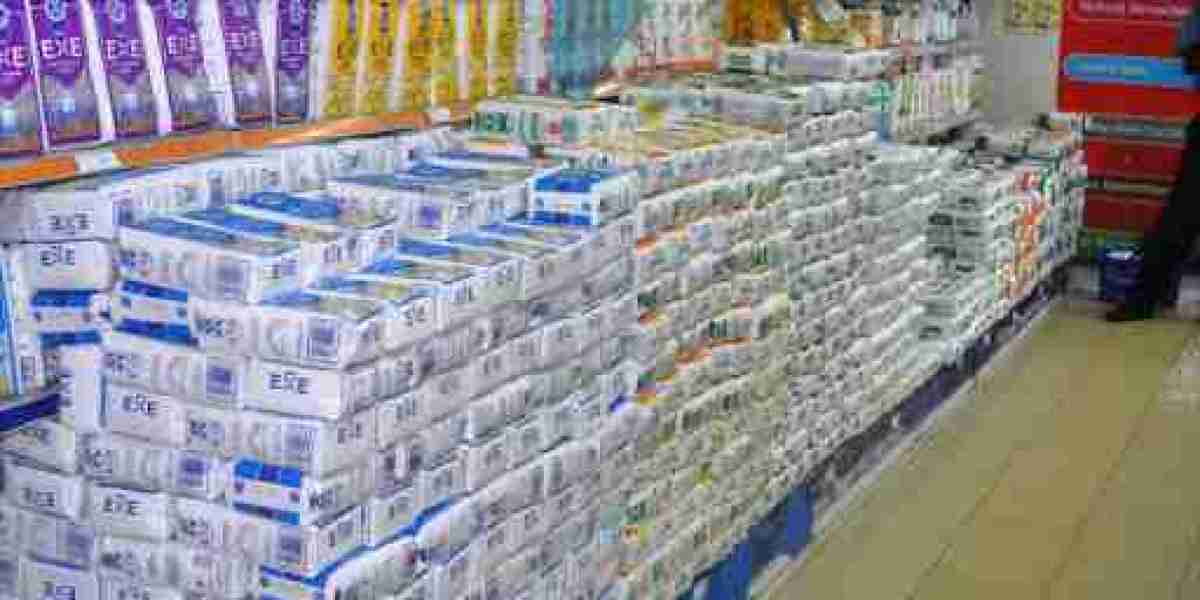- Prices of maize flour loose, maize flour-sifted, sugar and fortified maize flour dropped by 9.6. 5.8, 5.3 and 5.1%, respectively between February 2024 and March 2024.
- During the same period, prices of 200 kWh and 50 kWh of electricity dropped by 0.3 per cent and 0.4 per cent, respectively.
Decline in prices of food items, fuel and electricity in the month of March brought down the level of inflation to 5.7 per cent, a record last marked in December 2021.
This is from 6.3 per cent in February, which was also a decline from the previous month of January when it headlined at 6.9 per cent.
The Kenya National Bureau of Statistics (KNBS) says price changes in food, energy and transport, which cover about 57 per cent of household budgets, majorly accounted for the inflation levels.
Food and Non-Alcoholic Beverages Index rose by 0.5 per cent between February 2024 and March 2024.
The statistics body says the rise in food inflation is mainly attributed to the increase in prices of some food items, which outweighed the decrease in prices of other foodstuffs.
Prices of maize flour loose, maize flour-sifted, sugar and fortified maize flour dropped by 9.6. 5.8, 5.3 and 5.1 per cent, respectively between February 2024 and March 2024.
“Prices of onions- leeks and bulbs, mangoes and potatoes (Irish) however increased by 11.1, 8.0 and 7.7 per cent, respectively,” KNBS says in a statement.
"Housing, water, electricity, gas and other fuels' Index increased by 0.2 per cent between February 2024 and March 2024, mainly due increase in prices of gas/LPG by 1.4 per cent."
During the same period, however, prices of kerosene went down by 2.3 per cent.
In addition, prices of 200 kWh and 50 kWh of electricity dropped by 0.3 per cent and 0.4 per cent, respectively.
Transport Index decreased by 0.6 per cent between February 2024 and March 2024, mainly attributable to a drop in prices of petrol and diesel by 3.5 per cent and 2.6 per cent, respectively.
The ease in the general cost of living for Kenyans is further expected to be driven by the continued strengthening of the Kenyan shilling against the US dollar, meaning reduced cost of goods, as Kenya remains a net importer.
The shilling has been on the gaining streak against the greenback in the past two months, with expectations to strengthen further in the medium-term, amid successful settlement of the buy back plan for the inaugural $2 billion Eurobond due in June this year.
The Central Bank of Kenya for the week ending March 28 quoted the shilling at 131.8 against the dollar, meaning it has gained about 19 per cent of its value from the lows of 161 in the past two months.
A volatile shilling meant importers were spending more in bringing in goods as raw materials for factories, thereby raising the cost of inputs for firms, and the burden passed down to consumers.


